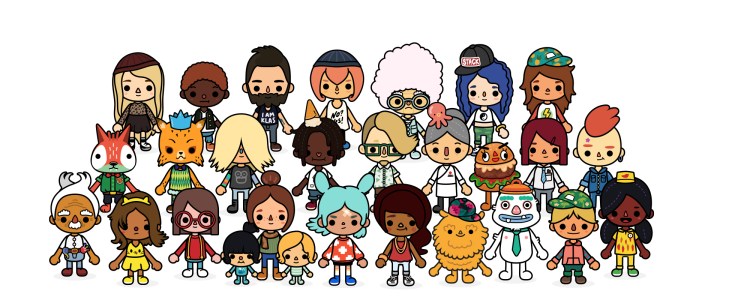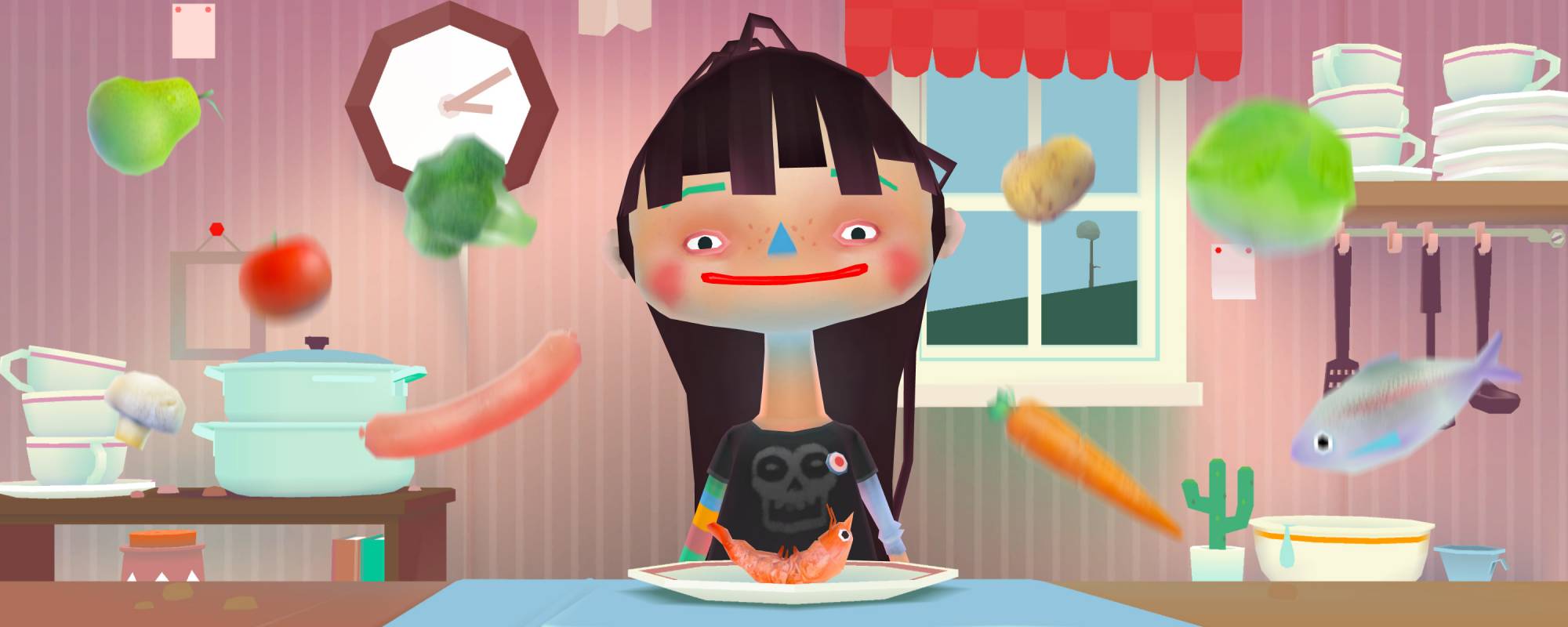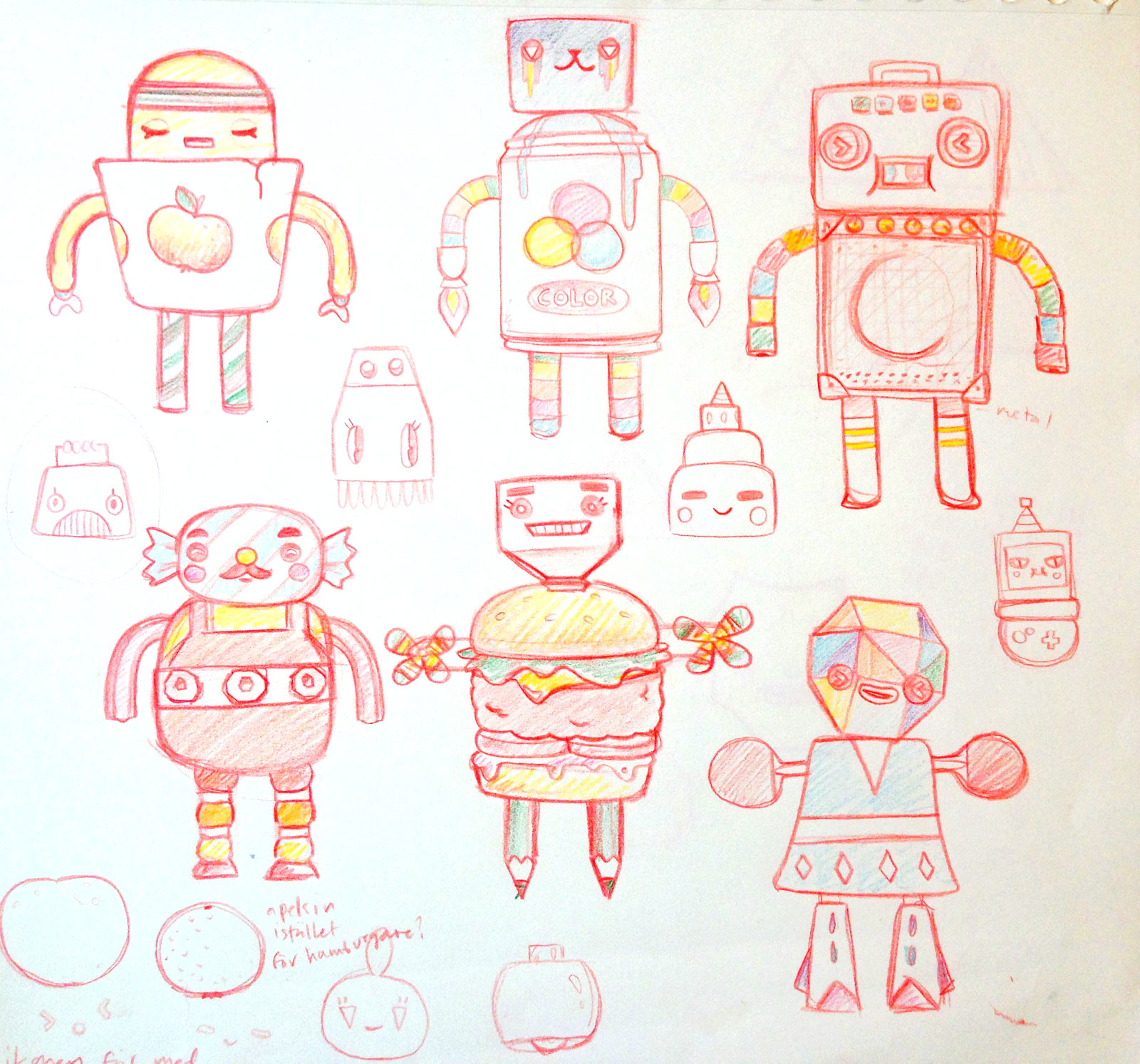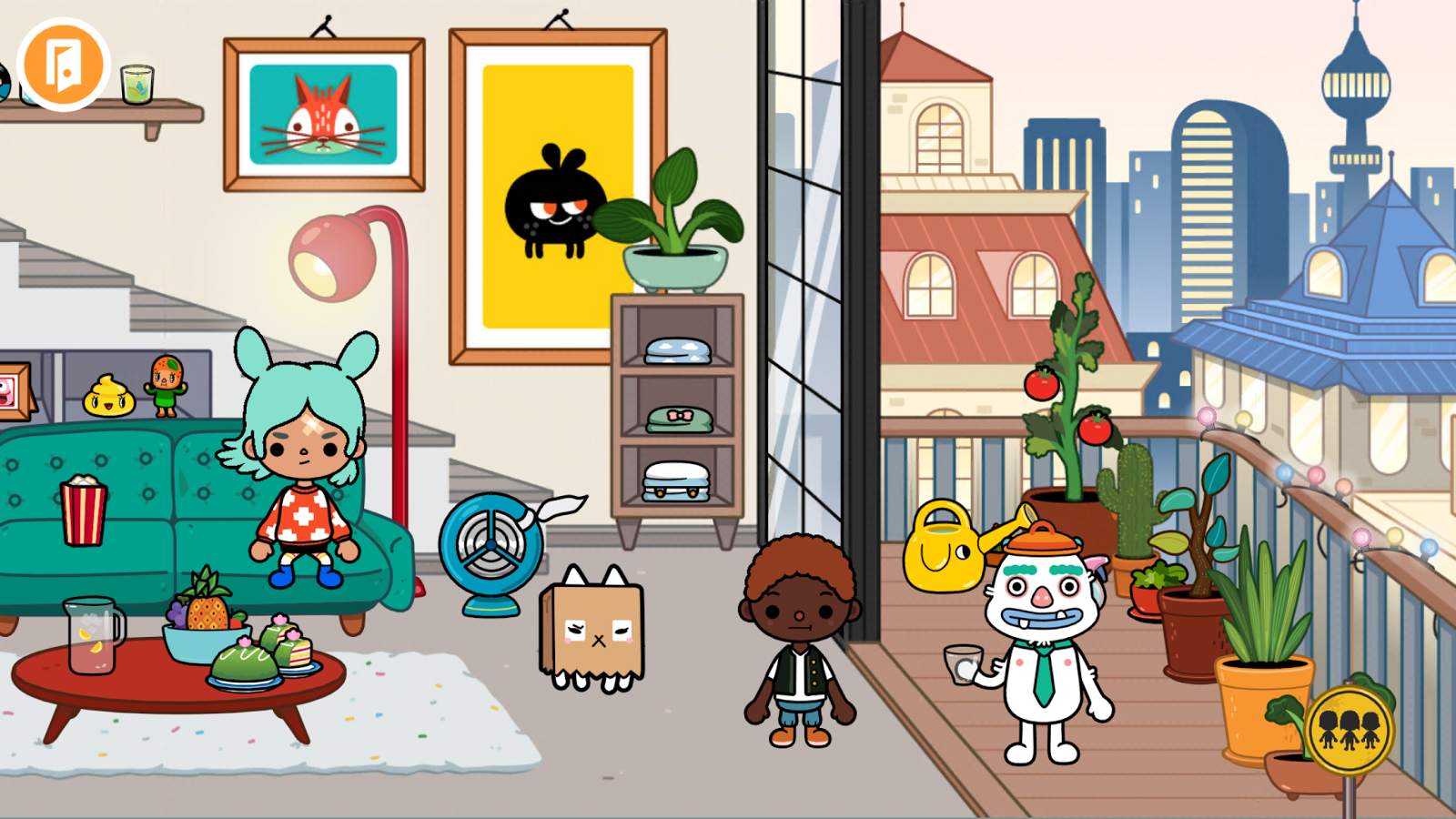Last week, Toca Boca hit a major 100M download milestone with its range of kids mobile games. The Swedish company — with offices in Stockholm as well as San Francisco and New York — has positioned itself to compete with major kids developers like Disney and Nickelodeon, and it’s achieved that in just four years with no licensing deals.
GamesBeat spoke to chief executive officer Bjorn Jeffery to find out the secrets behind Toca Boca’s global success in the $1.9B kids mobile market, getting an insight into the kid-first philosophies that are serving the studio so well.
Designing alongside kids
Toca Boca builds its apps with kids at the heart of the design process. It’s important since, despite that we were all once children, we’ve generally lost the ability to think like youngsters, says Jeffery.
He explained how a design team might get a bunch of kids in to play with a doll’s house and see exactly where the fun is. “Once we’ve found that, we start making digital prototypes around that idea,” he said. “It’s then a process of deciding what parts to leave in the physical world and what will make the digital transition effectively.”
And kids continue to play a part as the apps take shape, acting as playtesters and critics.
“Kids can be pretty harsh critics,” said Jeffery. “If they don’t like it, they’ll just leave and play with something else. It’s a very humbling process.”
Gender neutrality
Toca Boca takes a deliberately gender-neutral approach in all of its apps. It’s constantly making decisions to maintain this neutrality, using a checklist to formalize the process, and it even had a third-party audit of existing apps that resulted in a redesign for Toca Robot Lab. The robots, it turned out, were just too stereotypically boyish, made from things you’d typically find in a tool shed — now, kids can make them out of more general household items like sweets, beads, coffee cups, and pencils. “After we did that, it actually performed much better,” says Jeffery.
Wrapping apps in a gender-neutral context and letting kids decide what they want to play — based on the merits of the apps themselves — is what Toca Boca is trying to do. But it’s a decision that also makes commercial sense. “I’m effectively doubling my market, in theory at least, if i can sell an app to both boys and girls,” says Jeffery.
“If a boy wants to play with Toca Hair Salon because he thinks it’s good fun, I don’t want to make a product that deters him from that,” he adds. The same goes for girls who want to play with cars (or robots).
Quality control
Recently, Toca Boca pulled its first ever app from sale. Helicopter Taxi was still performing OK, and some kids really liked it, but it was starting to show its age.
“Everything is the latest to a kid or a parent in the App Store,” said Jeffery. “We just need to make sure that the quality is consistent across all our products — not just the products that are coming out but the old ones as well. That was the reason why Helicopter Taxi had to go. It was a bit nostalgic, but I think it was the right thing to do.”
That quality control is especially important for Toca Boca, which only has genuinely free and paid-for apps in its large and constantly growing catalog. The studio is always working on three new apps (actually four right now) and it doesn’t use any in-game advertising or in-app purchases. Parents — the bill payers but not the end users — need to know that they’re getting a quality product when they’re paying up front.
“That’s been key to a lot of parents, I think — having the concern that, ‘If I’m handing over my device, is it going to come back with a bill attached to it?’” said Jeffery. “Parents are looking for brands and apps that intentionally don’t do that.”
Ditching text
Toca Boca’s global popularity is helped by its language-light approach. This allows it to reach multiple markets with one click, as Jeffery puts it — Toca Boca games are now available in 215 countries — and it also reflects the company’s philosophy of allowing kids the space to play.
Having a lot of text is no good with young users, says Jeffery, and it also gets in the way of what children want to be doing themselves.
“When you ask a kid a question and it takes a bit too long, adults feel the urge to fill in what the answer is,” said Jeffery. “If you don’t, then kids tend to do that themselves. We intentionally design to leave some space. It has benefits in terms of us not being specific to any given market, but it also makes for a better product.”
Building a brand
The mobile app stores are flooded with content, and it’s a lot easier to get attention when you have a big, recognizable license. Toca Boca doesn’t have that luxury — instead, it’s built its own range of characters from scratch. But that’s actually been a good thing, reckons Jeffery.
“We had a lot of experience of taking old media properties and trying to digitize them,” he said. “While you can do that, it often does lend itself very well to making a really great product. You end up relying on the recognizability of the character. You’re thinking that’s going to do the job — which i think it does, to a certain degree — but a lot of these characters aren’t really designed to be interactive.”
So the team designs the in-game characters around the play patterns and concepts in each app, rather than retrofitting game mechanics to accommodate a license. “It ends up being a very different product design process, but I think that’s actually played to our advantage,” says Jeffery.
And Toca Boca — which Jeffery says he never intended to just be an app studio — now plans to cautiously extend its reach into other areas, such as toys, merchandise, and a new take on playful, interactive video that it’s putting together in New York. It’s only able to do that because of the dedicated user base it’s created by starting out on mobile.
“That’s been the intention,” says Jeffery. “To build a brand that kids love.”
VentureBeat's mission is to be a digital town square for technical decision-makers to gain knowledge about transformative enterprise technology and transact. Learn More




